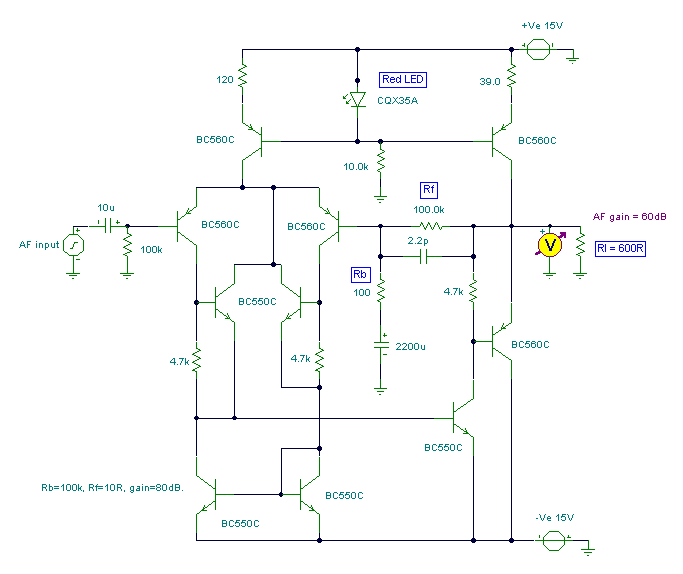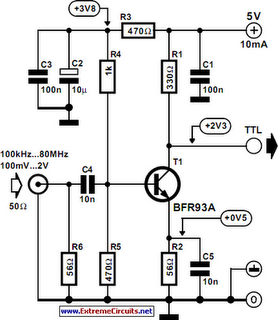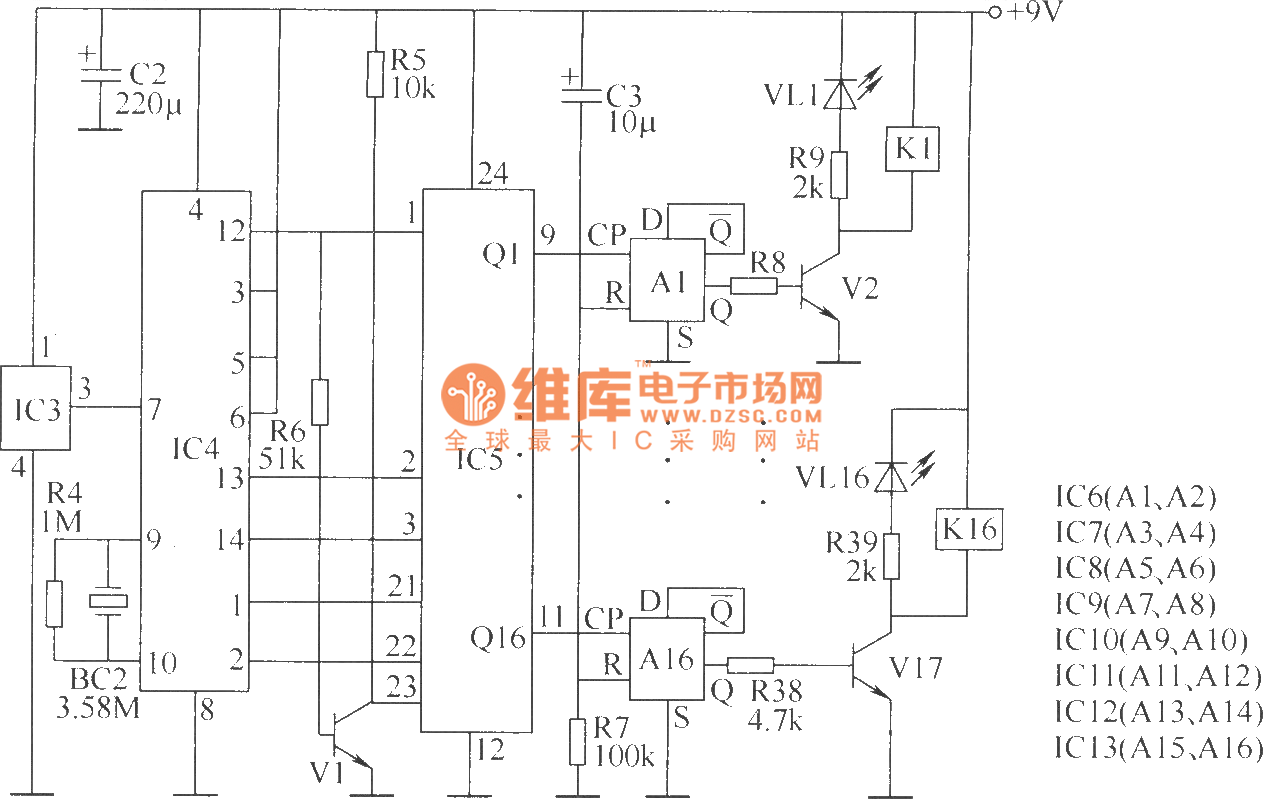
Hi-Fi Preamplifier circuit

This circuit was submitted by Graham Maynard from Newtownabbey, Northern Ireland. It has an exceptionally fast high-frequency response, as demonstrated by applying a 100kHz square wave to the input. All graphs were produced using Tina Pro.
The circuit in question exhibits a remarkable ability to handle high-frequency signals with minimal distortion, making it suitable for applications that require rapid signal processing. The design likely incorporates high-speed components such as low-capacitance transistors or operational amplifiers optimized for fast switching.
The application of a 100kHz square wave serves as a test signal to evaluate the frequency response and transient behavior of the circuit. The square wave input challenges the circuit to respond quickly to rapid changes in voltage, which is critical in communication and signal processing applications.
Graphical outputs generated using Tina Pro provide visual confirmation of the circuit's performance characteristics, including rise time, fall time, and overshoot. These metrics are essential for assessing the fidelity of the circuit in real-world applications where signal integrity is paramount. The analysis of the circuit's response to the square wave input can reveal insights into potential bandwidth limitations and the effects of parasitic capacitance and inductance.
In conclusion, the circuit's design and performance, as highlighted by the submitted data, demonstrate its potential for high-speed applications, making it a valuable contribution to the field of electronics. Further exploration into component selection and layout optimization may yield even higher performance metrics.This circuit was submitted by Graham Maynard from Newtownabbey, Northern Ireland. It has an exceptionally fast high frequency response, as demonstrated by applying an 100kHz squarewave to the input. All graphs were produced using Tina Pro. 🔗 External reference
The circuit in question exhibits a remarkable ability to handle high-frequency signals with minimal distortion, making it suitable for applications that require rapid signal processing. The design likely incorporates high-speed components such as low-capacitance transistors or operational amplifiers optimized for fast switching.
The application of a 100kHz square wave serves as a test signal to evaluate the frequency response and transient behavior of the circuit. The square wave input challenges the circuit to respond quickly to rapid changes in voltage, which is critical in communication and signal processing applications.
Graphical outputs generated using Tina Pro provide visual confirmation of the circuit's performance characteristics, including rise time, fall time, and overshoot. These metrics are essential for assessing the fidelity of the circuit in real-world applications where signal integrity is paramount. The analysis of the circuit's response to the square wave input can reveal insights into potential bandwidth limitations and the effects of parasitic capacitance and inductance.
In conclusion, the circuit's design and performance, as highlighted by the submitted data, demonstrate its potential for high-speed applications, making it a valuable contribution to the field of electronics. Further exploration into component selection and layout optimization may yield even higher performance metrics.This circuit was submitted by Graham Maynard from Newtownabbey, Northern Ireland. It has an exceptionally fast high frequency response, as demonstrated by applying an 100kHz squarewave to the input. All graphs were produced using Tina Pro. 🔗 External reference





